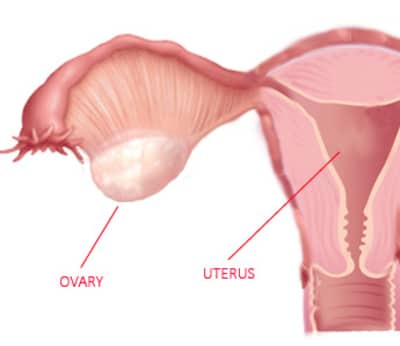Imagine waking up in the middle of the night, not because of noise or a nightmare, but because your neck feels like it’s made of stone. You adjust your pillow, switch sides, and sigh—no luck. Neck pain, particularly from poor sleep positions, is a silent thief that robs many of restful nights. But why does it happen? Let’s explore how your neck and sleep are connected.
Why Certain Sleep Positions Hurt Your Neck
Not all sleeping positions are created equal. Your body naturally prefers certain alignments, but when you deviate—by twisting your neck awkwardly or using an unsupportive pillow—pain begins to set in. Here’s why:
| Position | Impact on Neck |
|---|---|
| Back Sleeping (with low pillow) | Ideal for neutral neck alignment, but too much elevation can strain the cervical spine. |
| Side Sleeping (with firm pillow) | Keeps neck aligned with spine, but requires a pillow that fills the gap between shoulder and head. |
| Stomach Sleeping | The worst culprit—forces neck into an unnatural twist, putting pressure on the vertebrae. |
Key Takeaway:
A misaligned neck during sleep compresses nerves, tightens muscles, and often leads to waking up in pain.
Case Study: Matthew’s Late-Night Struggles
Matthew, a 35-year-old software engineer, had never had neck problems until he switched to working from home. He began waking up each night with a throbbing pain in his neck. His sleep position? Stomach sleeping, with his head tilted sharply to one side.
“It felt like my neck was locked in place when I woke up,” Matthew recalls. “I was tossing and turning all night, and no amount of stretching seemed to help.”
Diagnosis:
Matthew’s sleep position was compressing the cervical nerves and straining his neck muscles. His doctor recommended switching to a side-sleeping position with a firmer pillow.
How the Neck and Pillow Shape Your Sleep
Let’s get practical. What can you do to prevent or relieve neck pain caused by sleep positions? It often comes down to the right pillow and proper sleep hygiene. Here’s how different pillow types affect your neck:
| Pillow Type | Effect on Neck Pain |
|---|---|
| Memory Foam Pillow | Conforms to your head and neck, providing customized support, which helps align the spine. |
| Feather Pillow | Easily compresses, providing minimal neck support, and may require frequent adjustment. |
| Cervical Pillow | Specifically designed to support the neck curve, often recommended for back and side sleepers. |
Tip:
Ensure your pillow isn’t too high or too low—it should keep your neck in a neutral position. A pillow designed for your sleep style can make all the difference.
Patient Story: Greta’s Search for the Perfect Pillow
Greta, a 47-year-old teacher, spent months experimenting with different pillows after a car accident left her with chronic neck pain. “I tried everything—down pillows, firm ones, even those U-shaped travel pillows,” she says. “Nothing seemed to work until I found a cervical pillow.”
After finding the right pillow, Greta noticed immediate relief. She no longer woke up in the middle of the night, and her daytime headaches subsided. Greta’s experience shows how vital proper pillow support is for managing neck pain.
The Sleep-Posture Connection
Your daytime posture also plays a role in how your neck feels at night. Poor posture at work—such as hunching over a laptop or looking down at your phone—can carry over into sleep, tightening muscles and contributing to poor neck alignment.
Practical Tips for Neck Pain Prevention:
- Posture Practice: Keep your spine straight during the day. Use ergonomic chairs and adjust your screen to eye level.
- Neck Stretches: Incorporate simple neck stretches into your daily routine, particularly before bed.
- Sleeping Environment: Keep your room dark, cool, and quiet for optimal rest, and invest in a high-quality mattress.
When to Seek Medical Advice
While adjusting your pillow and sleep position may solve most neck pain issues, chronic pain that doesn’t improve warrants a doctor’s visit. Neck pain that radiates down your arm or is accompanied by numbness or weakness could indicate more serious issues, such as a herniated disc or pinched nerve.
Conclusion: Small Changes, Big Results
Neck pain at night is more than just an inconvenience—it disrupts your rest and can affect your quality of life. But with a few adjustments to your sleeping position, pillow choice, and daily posture, relief is possible. Whether it’s finding the perfect pillow like Greta, or adopting stretches like Caroline, simple changes can lead to lasting improvements.
Take control of your sleep and give your neck the care it deserves—you’ll wake up pain-free and ready to face the day.
About the Author
Reyus Mammadli is the author of this health blog since 2008. With a background in medical and biotechnical devices, he has over 15 years of experience working with medical literature and expert guidelines from WHO, CDC, Mayo Clinic, and others. His goal is to present clear, accurate health information for everyday readers — not as a substitute for medical advice.







